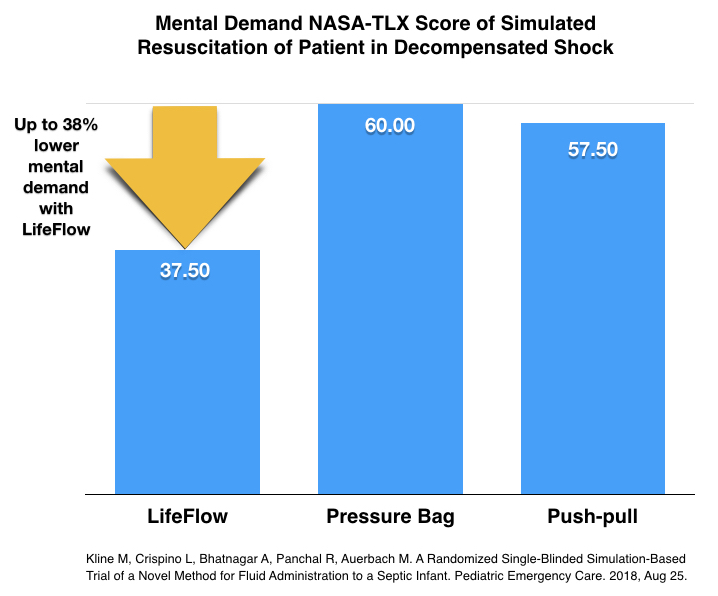
Nurse Burnout
It is common knowledge emergency care workers are feeling overworked and stressed out after 18 months of managing through the COVID-19 pandemic. Nurses often end up with the highest burden of managing the patient’s needs, including correspondence with families and continuous care management. Nurse managers are challenged with patient flow during surges, working through triage and patient disposition to free up additional beds, a stressful task when there are high patient volumes.
We found that experts state that increased stress levels among nurses are due to a number of factors. Those of you in emergency and critical care nursing have close contact with patients, putting you at higher risk of contracting COVID-19. There is also a documented shortage of nurses leaving the profession due to burnout or retirement and a lack of new recruits to fill their spaces.1 Those of you remaining on the frontlines are left working grueling hours and managing a higher nurse-to-patient ratio.
According to surveys (n=1,273) conducted by Vivian Health2, two thirds (64%) of frontline healthcare workers have reported feeling more stressed at their job. Eighty-three (83%) percent reported that their mental health has been impacted, with 36% reporting a significant impact. Importantly, 53% report feeling a lack of optimism about the future of healthcare.
During this time of crisis, the healthcare community needs an “all hands on deck” approach from industry partners to support stress management and overall workload. Emergency volume resuscitation for hemorrhaging and septic patients is a vital intervention of care; the efficiency of this practice can have a direct impact on your patient management and clinical outcomes. The LifeFlow® PLUS is an emergent, portable and hand-powered infuser that can allow you to deliver 500ml of fluids or a unit of blood in two minutes, with the ability to stop and re-assess frequently. Fast and precise volume delivery may lead to more rapid diagnosis and disposition, leading to improved throughput.
A study simulating fluid resuscitation scenarios indicated a perceived composite workload reduction of >30% for LifeFlow vs. the push-pull and pressure bag IVF delivery methods (Fig 1).3

Additionally, compared to powered rapid infusers, LifeFlow is significantly quicker and easier to set up.4
In this current season of COVID-19, emergent traumas and other illnesses, this procedure time savings can be critical. Learn more about LifeFlow here.
- University of St. Augustine. The 2021 American Nursing Shortage: A Data Study. https://www.usa.edu/blog/nursing-shortage/
- Vivian Health Report 2021. Published online May 3, 2021. https://www.vivian.com/community/announcements/one-year-in-whats-next-for-americas-healthcare-workers/
- Kline, M., Crispino, L., Bhatnagar, A., Panchal, R. and Auerbach, M. A Randomized Single-Blinded Simulation-Based Trial of a Novel Method for Fluid Administration to a Septic Infant. Pediatric Emergency Care (2018).
- Data on file, 410 Medical.

